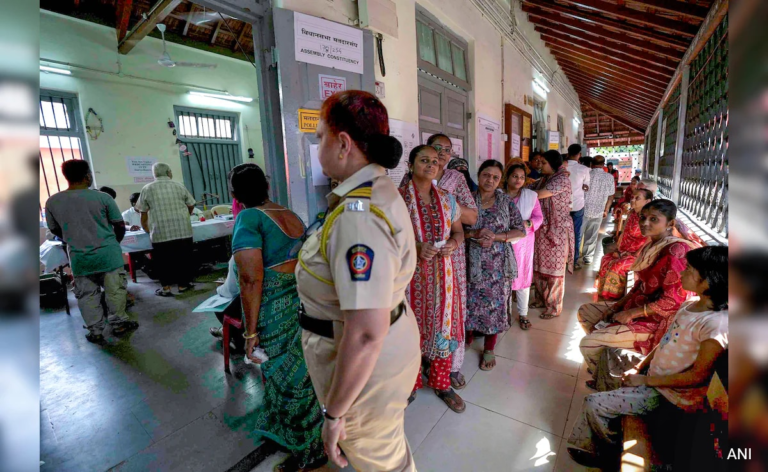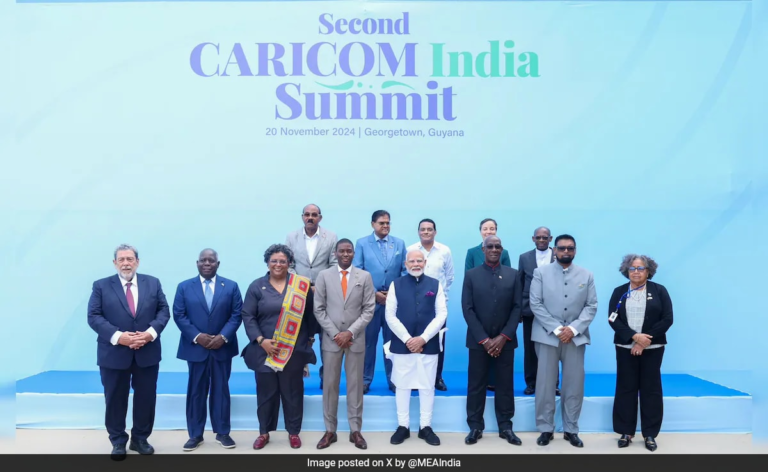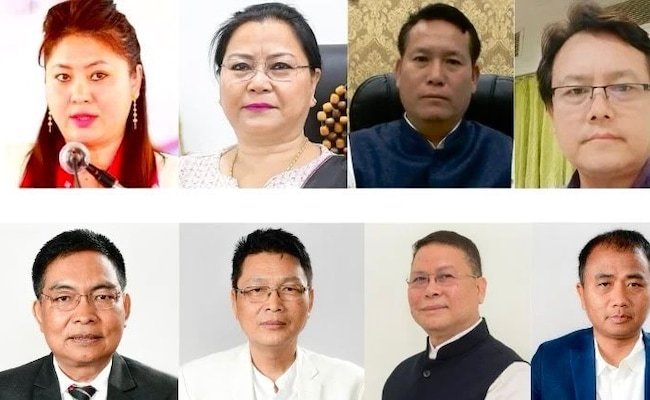
This week, the government issued a reminder to social media companies and media-sharing web services such as YouTube that they need to ensure that deepfakes are not displayed to users in India. The communication was the second one within a month, and it sought an action taken report. The electronics and IT ministry has tightened its focus on the issue since PM Narendra Modi tweeted in November about what he thought was a deepfake video of him participating in a traditional Gujarati dance (that video, however, featured a lookalike). A more serious example was from earlier in November when a deepfake video of an actor went viral, illustrating how easy it is to create convincing visuals of a person doing something they did not — an ability that has at the outset created fears about non-consensual sexual imagery.

The focus is indeed welcome. As Artificial Intelligence (AI) has evolved, deepfakes — or synthetic media — have become easier to create and harder to detect. Today, enforcement against such content hinges on mandatory disclosure rules, but these can simply be defeated by lying. At a technological level, there are no tools yet to accurately tell a deepfake. While companies have announced industry-wide partnerships to work on building such tools, solutions will also need to be expanded. Most importantly, people need better cyber hygiene, perhaps incorporating some principles for establishing facts that have held true since before the internet, such as being able to check the provenance, or origin, of media. In this, journalists and fact-checkers will need to take the lead. The threat from deepfakes will only evolve, and while technology must do its part to stop it, a whole-of-society approach may be needed.
Continue reading with HT Premium Subscription
Daily E Paper I Premium Articles I Brunch E Magazine I Daily Infographics








